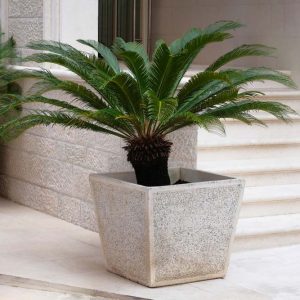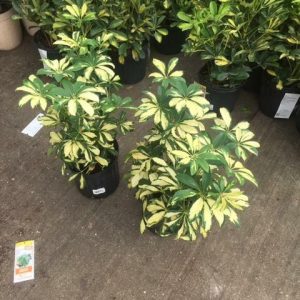Description
Erysimum – Cheiranthus – Wallflower –
There are about 80 species of annuals, biennials, often woody based plants, in this genus. They occur mostly on well drained, calcareous soil from Europe to Northern Africa, Western and Central Asia and North America. They are grown for their often yellow sweetly scented to scentless flowers, to 1″ across, each with 4 petals arranged in a cross, borne in dense, usually elongating, corymb like racemes. Most wall flowers produce inversely lance shaped, toothed, softly hairy leaves, 1 1/4-5″ long. A number are fine winter to spring flowering, while some flower all winter or all year in very mild areas. Many are ideal for a rock garden or wall, the front of a sunny border, or a raised bed. The biennials are useful as spring bedding plants in a border.
Grow in poor to moderately fertile, well drained, neutral or ideally, alkaline soil in full sun. Trim perennials lightly after flowering to prevent plants from becoming leggy.
Prone to white rust, downy mildew, rust, clubroot, mosaic virus, snails and slugs, and caterpillars.
E. hieraciifolium – Siberian Wallflower – This short lived, slow growing, bushy, evergreen from Europe and Northern Asia grows 12″ tall and wide should be grown as a biennial. It produces toothed, mid green leaves and bears bright yellow or orange flowers in spring, putting on a dazzling display. It is fully frost hardy, preferring light, well drained, fertile, soil and a sunny position.
Zones 6-9





